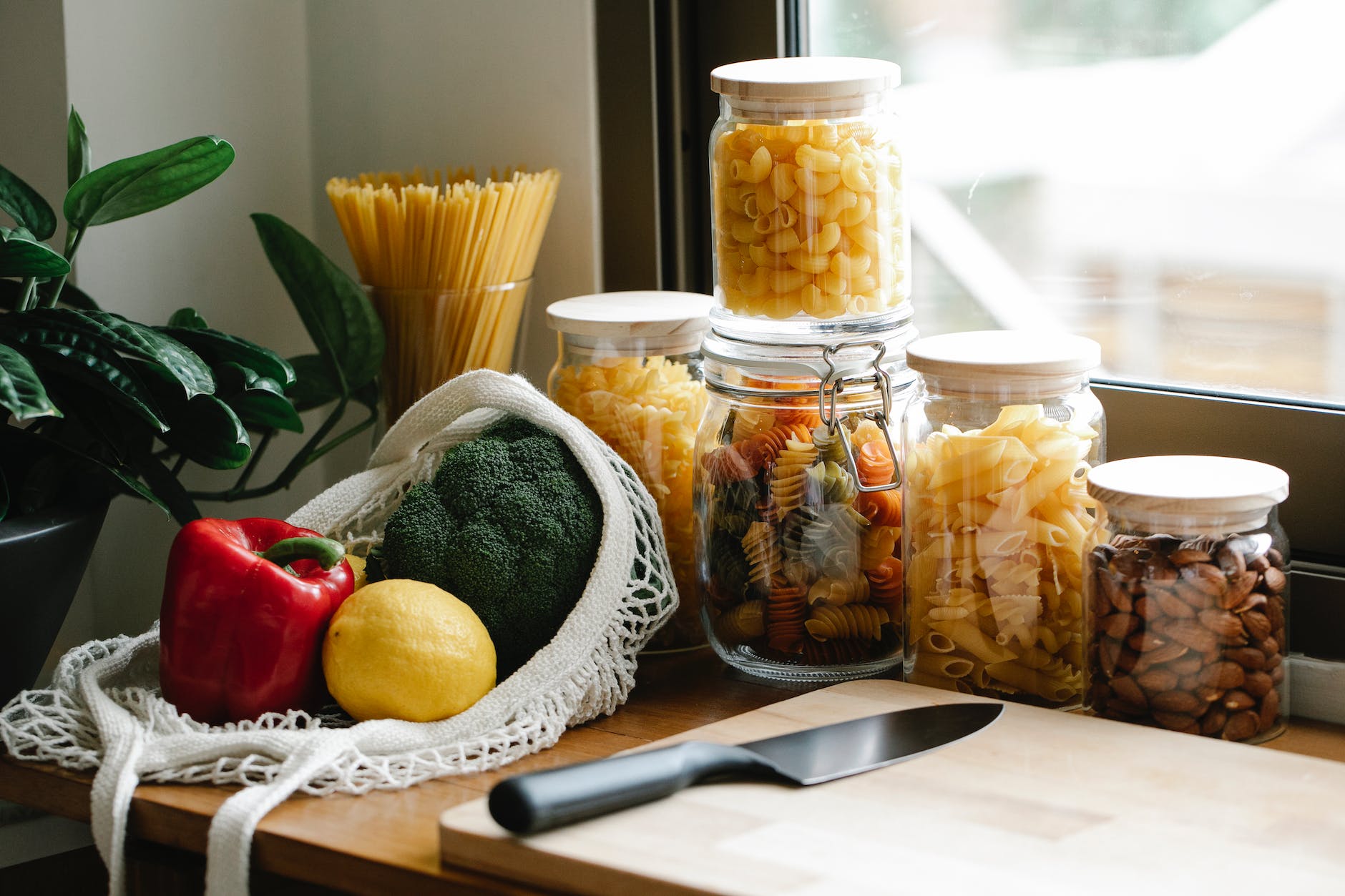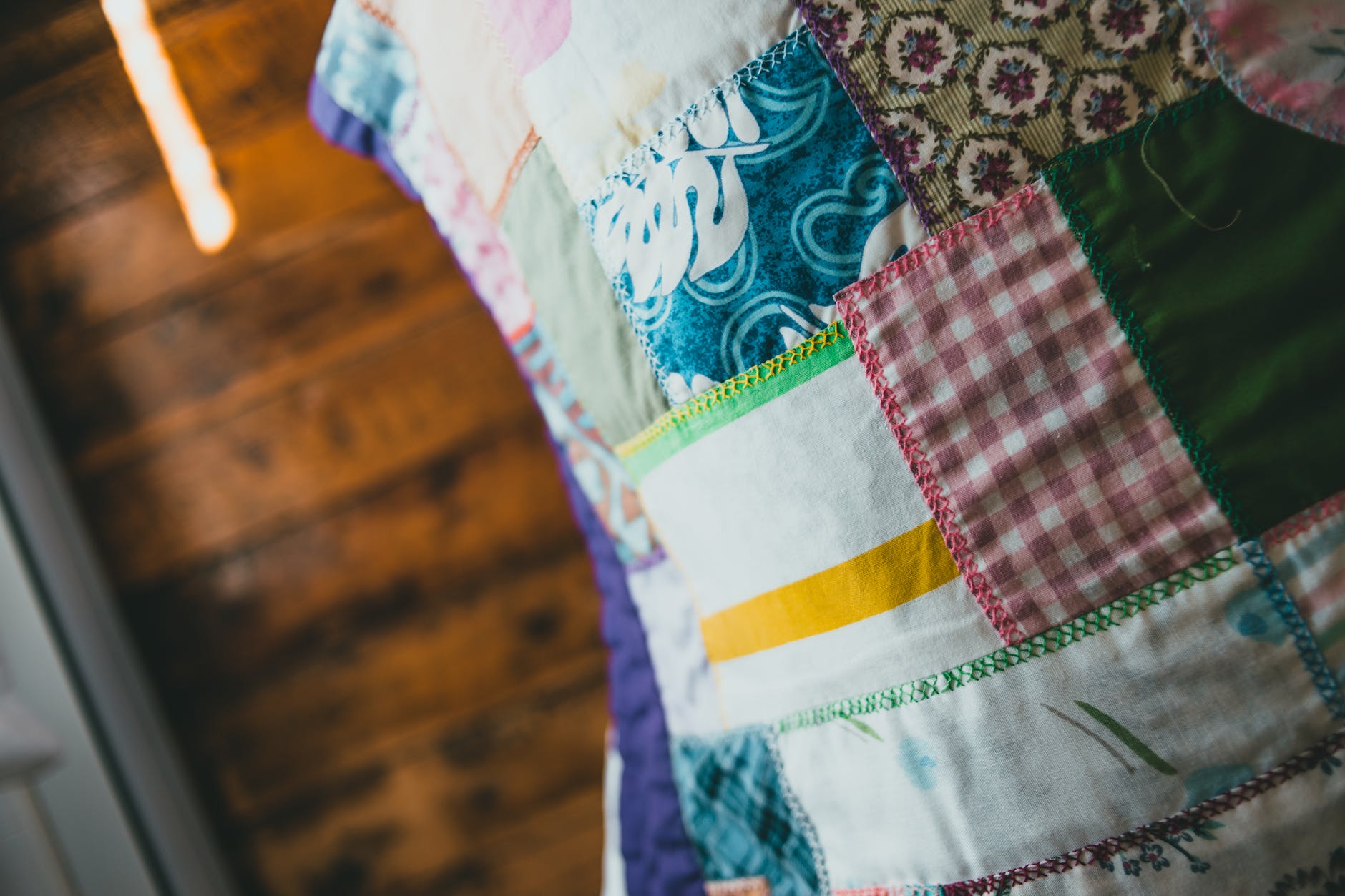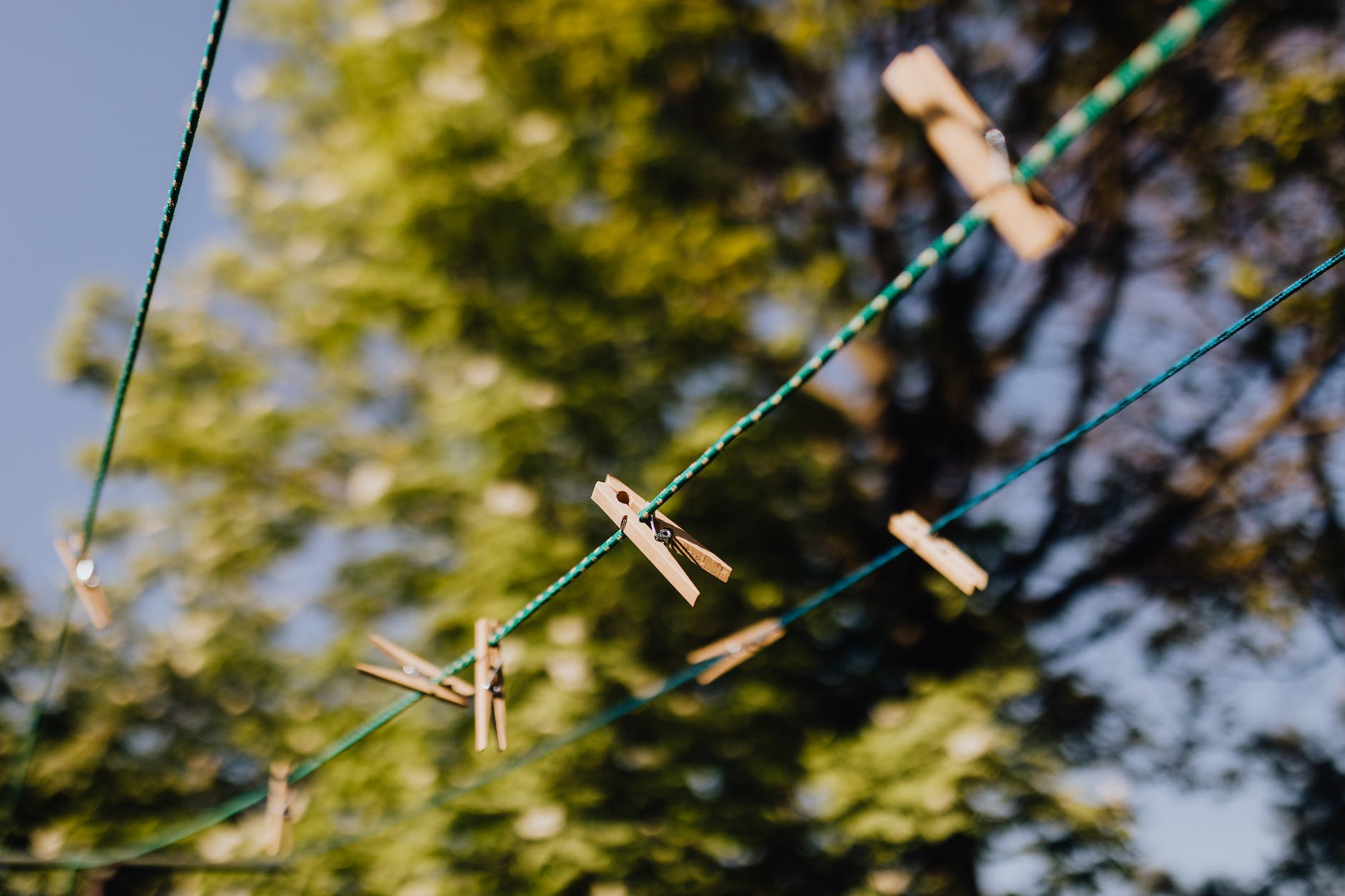This post is part 2 of a five-part series on frugal living.
What Can You Do to Be More Frugal on the Homestead?
Living frugally on the homestead can pay off in big ways over time. By using your resources sparingly, simplifying your lifestyle, plus implementing good financial management, you can reap the rewards of your thrifty lifestyle choices.
Our Frugal Florida Homestead is the result of years of frugal living. By putting into practice the frugal tips in our Frugal 5 Series, we were able to get out of debt, move out of the city, and purchase rural property and a new house.
Start By Making a List
Take a walk around your home and go from room to room making notes. Write down all the possibilities you can find to save energy, time, and money.
- Living Room & Dining Room
- Kitchen
- Bedrooms
- Bathrooms
- Laundry Room
- Home Office
- General Household Tips
- Summary
Living Room & Dining Room
Close/open your curtains and blinds.
Depending on the time of year, keep your cooling and heating costs down by taking time to adjust your window coverings. In the summer, keep windows covered to keep heat out, and keep them open to let the sun in during the colder months.
Sell unused furniture.
You can bring in a little extra money selling unused furniture and knick-knacks. It eliminates clutter, and if you are planning to move to a new homestead, it’s less stuff for you to move. Try using Facebook Marketplace, Craigslist, donate to Goodwill, or have a yard sale.
Eliminate cable, streaming services, magazines, and other subscriptions.
Evaluate how much time you need to spend on entertainment, and cut services accordingly. Those small monthly fees can really add up. Keep only what’s essential. Practice a “needs vs. wants” mentality.
Switch to cloth napkins at your dining room table.
Buying less paper products is always a good choice. It’s good for the environment and your pocketbook.
Grow your own flowers to decorate, or invest in artificial.
The beauty of your own cut flower garden, or a special arrangement of artificial flowers carefully taken care of over the years, can be a lovely addition to your home. Frugal living does not have to be plain and boring!

Kitchen
There are so many ways to be frugal in a kitchen that I’ve devoted a whole article to the subject: The Frugal 5: Frugal Living in the Kitchen.
Here are five of my best tips from that article:
Cook from scratch.
With the price of prepared foods skyrocketing these days, it’s an obvious choice to cook from scratch. Up your cooking and baking skills, and watch your grocery budget drop.
Shop your garden and pantry first when meal planning.
A homesteader should always look to their garden and pantry first when planning meals. There’s nothing like walking out to the garden for fresh veggies or fruits for the next meal. Keeping pantry items in rotation avoids expired dates and tossing out stale food.

Plan your grocery trips.
Nothing raises your payment at checkout higher than last-minute grabs off the grocery store shelves. Make a list, and stick to it! It also helps to shop for food when you’re not hungry – there’s less temptation! Also, try to shop once a week, or maybe once a month if you can. You’ll spend less time and fuel driving to and from your grocery store.
Organize your kitchen.
At least once a year, go through your cupboards and get rid of anything you don’t plan to use. Move non-kitchen items to a more convenient location for their use. Check dates on spices and pantry items. Don’t forget your freezer too! Try using these worksheets to help with your kitchen organization.
Batch your Meals.
There are many types of meals you can make in bulk, then save in the freezer for later. Make-ahead and freeze soups, casseroles, and pasta dishes like lasagna.
Create individual portions to grab-and-go throughout the week for snacks and lunches. Find a day that works best for you to spend a few hours setting up your meals for the week. From-scratch meals are tastier and less costly than store-bought prepackaged.
Bedrooms
Clean out the clutter.
Whether it’s kids’ toys, old shoes, or boxes stashed in the back of the closest, getting rid of what you don’t need can bring you a few extra dollars and peace of mind. Outgrown clothes and toys can be given to family or friends, Goodwill, or other second-hand businesses. If it’s not used in a year’s time, it’s best to let it go.
Learn to repair and upcycle.
Simple things like sewing a button or fixing a hemline can make clothes last longer. You can turn a pair of old blue jeans into a purse or braided rag rug. A T-shirt can be turned into a throw pillow or used for cleaning rags. If you have several pieces of clothing or worn bedding, you can make a quilt. Fabric crafts are fun and useful hobbies.

Bathrooms
Start using homemade natural cleaners.
Safer for the environment and your home, natural cleaners such as vinegar and baking soda are great alternatives to harsh chemical products, and less costly.
Grow your own cleaning products.
There are many plants that can be used for cleaning your bathroom and home.
Try soap nuts or soapberries for your laundry. Grow lemons to mix with baking soda to clean your toilet. Many fruits such as apples can be made into vinegar for cleaning.
Shampoo ginger is a partial-shade loving plant you can use to clean your hair. Replace plastic scrubbies with luffas. They are a heat-loving vine that produce fibrous gourds.

Turn down the water heater.
According to Energy.gov, you should set your hot water heater to 120 degrees. For every 10ºF reduction in temperature, you can save from 3%–5% on your water heating costs. And remember to insulate your electric hot water heater and pipes.
A solar water heater might also be a great option for your homestead. It’s something we’re considering for the future.
Use less water.
Over time, using less water while taking a shower or brushing your teeth can save on your water bill. Install low-water usage toilets. If you have an older toilet, place a brick in the water tank. It takes up space so your toilet fills with less water.
There are many ways to repurpose the gray water in your home too. Harvestingrainwater.com goes in-depth on this subject.
DIY repairs.
Learning how to make simple repairs can save you a lot of money in labor costs. We’ve repaired toilets, unplugged drains, replaced shower heads, and replaced cabinetry. There’s nothing like the challenge of learning a new skill and becoming more self-reliant.
Laundry Room
Wash in cold water.
Almost anything can be washed in cold water. Save the hot water for only when necessary.
Use dryer balls.
They shorten drying time by keeping clothing from bundling up and letting the air flow around the clothes. There’s less static cling and wrinkling. Most are fragrance-free which I really like, but you can add a few drops of essential oil to them if you prefer a scent. I use dryer balls made from alpaca fiber. You can also purchase wool dryer balls.
Clean the dryer lint trap every load.
This helps the air flow better, making the dryer more efficient.
Line-dry your clothes.
Install a clothes line in your back yard or put up a drying rack on the back patio. The fresh air and sunlight will do wonders for your fabrics. Even the best dryers take a lot of energy due to the heating element, so take advantage of nature’s free solar dryer.

Use appliances with auto-sensing systems.
If you need to purchase a new appliance, purchase one that is Energy-Star rated. Washers and dryers with auto-moisture sensing systems can save you money and time.
Home Office
Use your own modem and router.
Over long-term use, it’s cost-effective and is one less payment per month.
Only use the electricity you need.
Purchase energy-efficient computers and other home office equipment. Use only ENERGY STAR rated equipment. https://www.energystar.gov/
Schedule your computer to go into Sleep Mode after 20 minutes of inactivity. And if you’ll be away from your computer more than 2 hours, it’s okay to shut off the CPU and monitor.
Use power strips for your other office equipment. You can easily shut them all off with one switch. Even when not in use, these items still draw power. Your computer also creates heat, which can add additional cooling costs.
Recycle paper.
Use a paper shredder to create brown materials for your compost and reduce your weekly waste. Shipping boxes from online orders can also be cut down and composted or repurposed as storage containers in your home. I’ve also used cardboard from boxes under new trees I planted as a barrier to unwanted grass and weeds.
General Household Tips
Adjust your thermostat settings.
Lowering your thermostat in the winter or raising it in the summer by a few degrees can help with the heating and cooling costs. Upgrading to a programmable thermostat will save money too. Optimal temperature settings are one of the biggest energy-saving adjustments you can make.
Clean or switch out your air conditioning filters.
Just like in your dryer, dust reduces air flow and energy efficiency. Follow your air-handler’s manual regarding how often this must be done.
Maintain appliances.
Clean refrigerator coils. Regularly clean behind the washer, dryer, and stove. Replace any filters when required. This can add years of service to any appliance.
Routinely check house openings for air leaks.
The older your house gets, the more practical this habit becomes. Openings to the outside need to be checked for air leaks due to aging door and window frames. It’s good practice to go up on the roof and check caulking around vents and the chimney too.
Reuse plastic grocery bags.
You can reuse plastic bags for many things including small garbage bin liners, packing snacks on a road trip, and for pet waste. If you still have extra bags, many stores have bag recycling drop offs. Better yet – skip the plastic and bring your own reusable grocery bags when shopping.
Restore/refurbish old furniture instead of buying new.
Several of our favorite pieces of furniture we’ve found were set out for trash pick up or sold cheap at a garage sale. Most needed just a bit of TLC: some sanding, staining, or tightening of screws. Refurbishing old furniture is a fun DIY project.
In Summary: DIY everything that you can.
Pursuing self-reliance is a large part of the homesteading lifestyle. Choosing to live frugally increases your self-reliance.
Not only do you save money, but it stimulates your creativity by learning new skills. Doing things for yourself provides a great feeling of accomplishment and challenges you to be your best self.
There are hundreds more ideas that you could use to live more frugally on your homestead. I hope this short list has inspired you to take on a healthier and thriftier lifestyle.
[…] Efficiency. Reducing energy use around the homestead can result in lower energy costs. Choosing energy-efficient appliances or optimal temperature […]